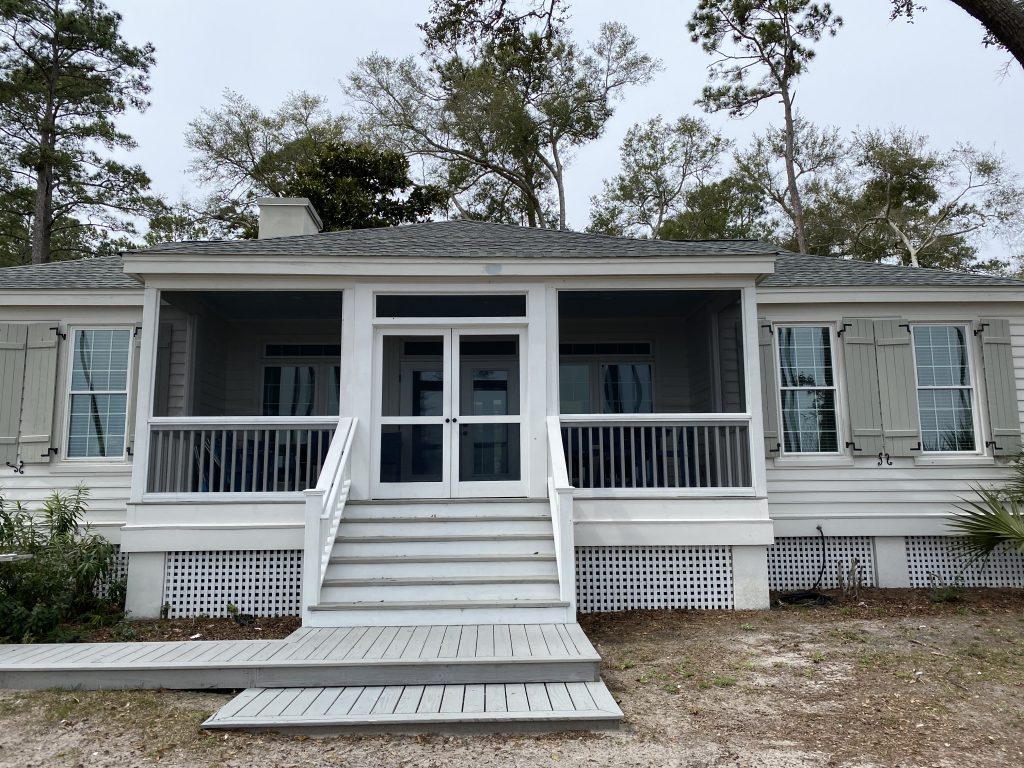This is another blog post of a series around the enterprise mobility IT team at SAP. We are an internal team focused on managing mobile devices, mobile applications, and developing custom apps for SAP’s 100,000 employees. I believe we have some unique stories, software, tools, and insights to help others in the community considering, or currently undertaking, some of the challenges which surround mobility and its adoption in the enterprise.
Introduction
As the enterprise mobility team, we manage over 100 different mobile apps at any given time. This includes volume purchase apps, consumer versions of apps listed in our MDM, and custom-developed apps. In my last post about Relay, our custom real-time chat application, we have seven different components that need to be managed and maintained for this single app (iOS, Android, Web, macOS, Linux, Windows, and Server). A good majority of our custom apps are similar, and have multiple components, all of which have independent release cycles and potentially different teams that manage them. We initially used an excel spreadsheet to track and manage these applications and their corresponding components. This became a logistical challenge as our portfolio and responsibilities grew. Our commitment to our end users also grew during this time, and we wanted to provide a consistent support experience across operating systems and apps. We took this opportunity to step back and look at the process holistically, and decided to redesign how we managed and supported apps that we were responsible for. We also defined some essential services and features each of the apps should have, independent of their platform. I touched on this in a previous blog, but from a support perspective each app should include: read more

















You must be logged in to post a comment.